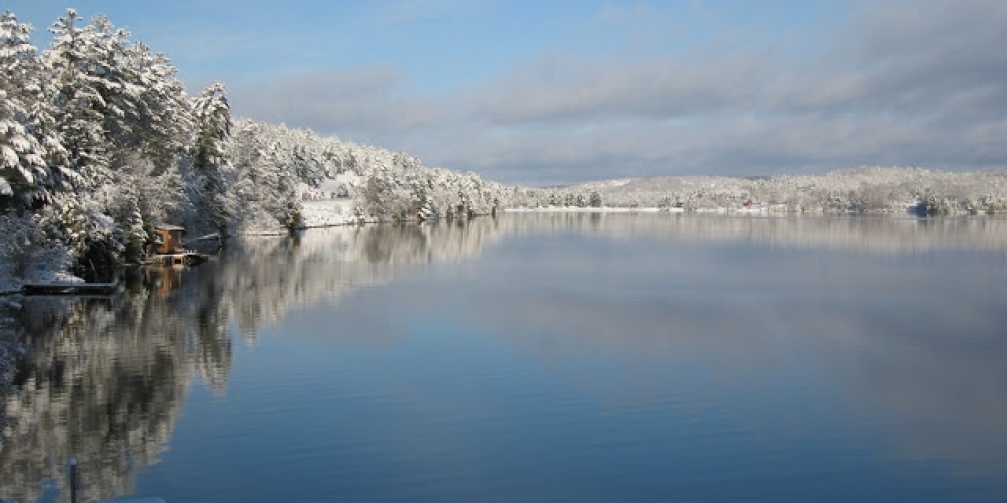August 2021
The MPOA Lake Steward - Gillian Van Kempen prepared this write-up in response to a member's email about experiencing swimmer's itch on the lower lake this summer:
Cercarial Dermatitis (aka Swimmer’s Itch)
There’s nothing worse than going for a swim to cool off on a hot summer day and coming out covered in itchy red spots! If you’ve had the unpleasant experience of a bout of cercarial dermatitis (swimmer’s itch) you know, first hand, how unpleasant the experience can be. As your newly elected Lake Steward, I’ve been doing some research on the topic and although I am far from an expert on the matter, I’ve consolidated my findings here to help you avoid (or treat) this issue.
Swimmer’s Itch is a dermatitis (skin rash) caused by microscopic parasites in the water (ew!). The adult parasite lives in the blood of infected animals (ducks, geese, muskrat, raccoons, etc) who inhabit the lake and its shoreline areas. The parasites produce eggs which these infected animals pass into the water. The eggs release small microscopic larvae that freely swim through the water looking for a particular type of aquatic snail. They find the snail, multiply further, and when released from the snail they emerge as a different type of microscopic larvae. This larvae then goes in search of the infected animals described above and the process starts all over. But sometimes humans get in the way and break the chain. The larvae find us, burrow under our skin (yuck!) and because we’re an unsuitable host, they die off. But in the interim the effect is not fun but fortunately not contagious. Larvae are most often in shallow water by the shoreline (which is why children are prime candidates for contracting it) or in marshy areas (where aquatic mammals and snails live).
Symptoms may include:
- Tingling, burning or itching of the skin
- Small reddish pimples
- Small blisters
The more you are exposed, the more serious your symptoms can become.
Some methods to reduce the risk:
- Towel dry or shower immediately following your swim
- Do not entice birds to visit your shoreline
- Do not swim near marshy areas or where aquatic mammals are known to inhabit
There may be other methods of avoidance online but please consider the impact on our lake if you choose to go that route.
If all of the above fails, here are some treatments to ease the itch:
- Corticosteroid cream
- Cool compress
- Epsom salt, baking soda or colloidal oatmeal bath
- Anti-itch lotion like calamine
- Antihistamine pills
- Baking soda paste application
And lastly, if you’ve had the unfortunate experience of Swimmer’s Itch, please post to our Facebook page to alert others on the lake to areas that may be at higher risk for contraction.






